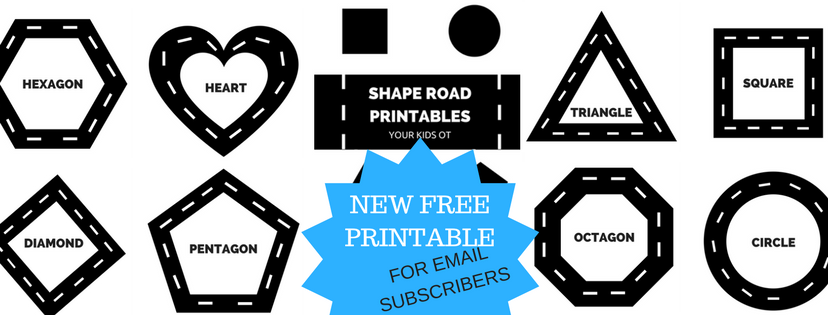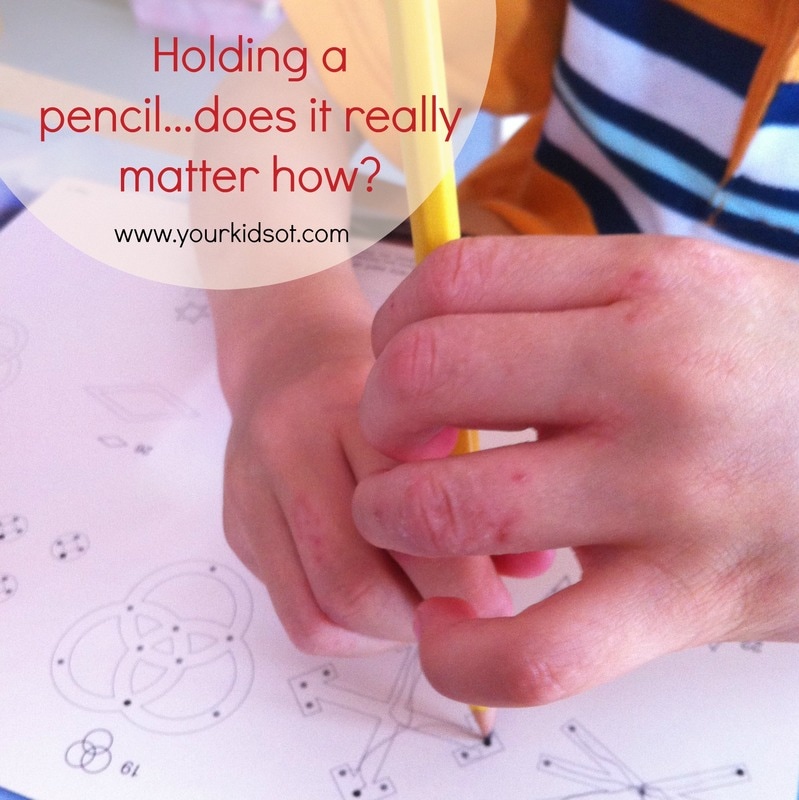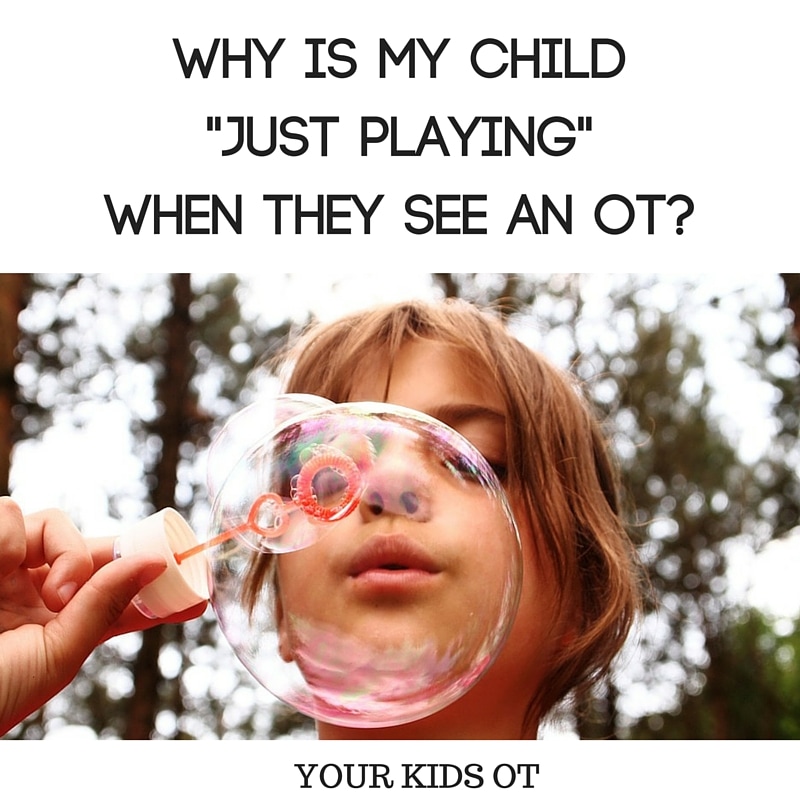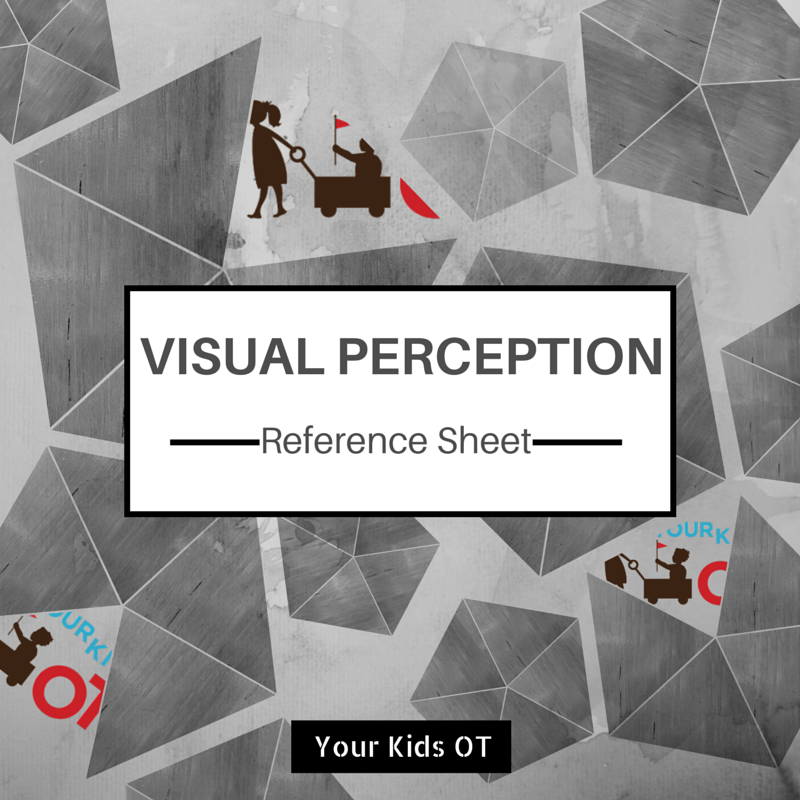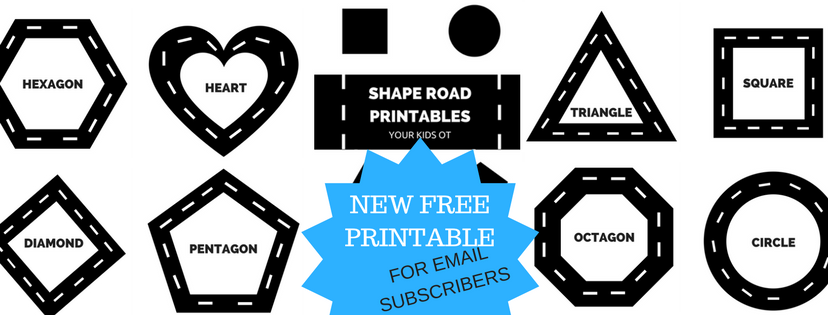|
Lycra is the not-so-secret tool in the OT's tool box! Bear hug? Deep pressure massage? Lying in a hammock? Sitting in a soft bean bag? For children who enjoy these sensations, the stretch of lycra can provide propioceptive input to the body as the child moves by pushing and pulling it. They may get the same benefits from using a stretchy resistance band. There are many commercially available products made from lycra (or nylon spandex) including body socks, lyrca tunnels and lycra bed sheets. These are fabulous and I've seen many children benefit from these. Today I want to share with you some new ideas for using just a square of lycra (although if you look closely, you will see that I'm missing a corner)... of approximately 1.4m x 1.4m. You can change the size of your material depending on the size of your child. Watch these ideas below or use the following You-tube link: youtu.be/b0ODU-KhymY Lycra activities 1. Sit and pull 2. Tie to chair legs - Sit and stretch, running legs, read a book, spin 3. Tie to a hoola hoop - Stand and stretch, stand and jump, stand and turn, stand and twist, sit and drive, sit and move legs, sit and hide You could also use a large lycra piece as a hammock or swing. Be very careful where about how you tie this lycra. For weight bearing activities such as these, you may require multiple pieces of lycra, load bearing hooks and attachments. Please seek professional advice if you are making any suspension or weight bearing activities and be aware of potential choking hazards. Use with supervision and caution always! For more on the benefits of sensory based activities, read the blog from last week (link HERE). Let me know if you use any of these ideas or if you have other ways that you use a lycra sheet!  Cindy is a registered occupational therapist practising in Sydney, Australia. She has two growing children who are a constant source of inspiration and learning. Cindy loves working creatively to help children to reach their potential, finding opportunities in everyday living and making learning fun. She is also addicted to making printables (even when they take a long time to complete). Cindy is the author of the Occupational Therapy blog Your Kids OT. Read more articles from Your Kids OT at https://www.yourkidsot.com/blog Cindy is a contributing author of the Functional Skills for Kids Therapy Team. They have together published THE HANDWRITING BOOK, THE SCISSORS SKILLS BOOK and THE TOILETING BOOK. The information on this site is general in nature. The activities are safe for most children, however, you should consult an Occupational Therapist or health professional to address specific movement, sensory or other medical conditions. Affiliate links are used throughout this website to promote recommended products. Your Kids OT receives a small commission if any purchases are made through these links. Please see my disclosure policy for more details. Amazon Store: https://www.amazon.com/shop/yourkidsot YKOT shop: https://www.yourkidsot.com/store/c1/Featured_Products.html Teachers Pay Teachers: https://www.teacherspayteachers.com/Store/Your-Kids-Ot You Tube Channel: https://www.youtube.com/channel/UCZUz_5nYEOCkj32DiOCQo4Q/featured Facebook: https://www.facebook.com/yourkidsot Instagram: https://www.instagram.com/yourkidsot/ Pinterest: https://www.pinterest.com.au/yourkidsot/ How do sensory based activities relate to regulation and motor planning? What is Dyspraxia and how can we work on this? Let's step back to talk about body awareness and motor planning before we get to these questions! The unconcious awareness of body position (the position of our body parts in relation to each other, other people and objects around us) is called "proprioception". We receive this information about our body from our muscles, tendons, ligaments, joints and connective tissue primarily through movement and touch. We can create a "body scheme" or "body map" or an unconcious body awareness to help us with movement activities. Our vestibular system is developed with information received from the structures in our ears (and head position), to give us an awareness of gravity, movement and posture. Together with vision, we can use our vestibular systems to maintain balance and controlled movement. Hearing and the auditory system are also closing linked with the vestibular system. Our memories of our body map and movement can help with motor planning (ability to ideate, plan, sequence and perform actions). Dyspraxia Motor Dyspraxia is described as a difficulty with the ability to plan skilled or unfamiliar motor tasks. This can involve difficulty with hypothesizing (ideating), sequencing, motor coordination and executing a plan of action. These children can appear "clumsy" (eg. bumping into furniture, tripping over their own feet, falling into other people). Sensory-integrative based dyspraxia is the difficulty one may have with planning motor activities due to poor body scheme (ie. poor prioceptive, tactile and vestibular sensations). The two types of sensory based dyspraxia are described as bilateral integration and sequencing AND somatodyspraxia. Intervention As you can see, addressing difficulties with motor planning, body awareness and regulation are linked with many different aspects of our bodies including proprioception, vestibular input, memory, cognition, vision and hearing. Our bodies are complex and each system is linked to the other. When we use a "top down" approach, we may go straight to addressing the cognitive aspects of motor planning (setting a goal, making a plan, sequencing steps, checking our plan). One strategy can be found HERE (Goal Plan Do Check). A "bottom up" approach looks at some of the foundations of the central nervous system and sensory systems. You can read more about this with the Pryamid of Learning HERE. We will focus on proprioception and the vestibular systems today. Proprioception Proprioceptive activities that require muscle stretching and activation often involve some resistance or "heavy" work where the body and nervous system receives lots of information. These activities can have either a calming or alerting affect depending on the person and they can also help with regulating arousal levels. You can increase proprioceptive activities by incorporating lots of pushing, pulling, throwing, bending and stretching actions. Work on increasing the weight your child can manage or using your child's own body weight in activities. Vestibular Some vestibular activities are known to be calming such as slow rocking linear movements compared with quick rotational movements which can arouse/alert the nervous system. When we include a sequence of steps, following a pattern or working towards a target (goal); we are also including a cognitive load or "planning" part of the process. Create your own sensory based obstacle courses in your home using the FREE printable. You can choose the activities that best suit your child, reprint pages where you want an activity to be repeated, lay them around your home using furniture and rooms to guide choices. Involve your child for the best results! Watch this obstacle in action HERE. I love using resistance activities that involve lycra (or commercially available as nylon spandex. Join me in the next blog as I show you different ways you can use this material without having to sew! What are your favourite sensory based activities for regulation and motor planning? Cindy is a registered occupational therapist practising in Sydney, Australia. She has two growing children who are a constant source of inspiration and learning. Cindy loves working creatively to help children to reach their potential, finding opportunities in everyday living and making learning fun. She is also addicted to making printables (even when they take a long time to complete). Cindy is the author of the Occupational Therapy blog Your Kids OT. Read more articles from Your Kids OT at https://www.yourkidsot.com/blog Cindy is a contributing author of the Functional Skills for Kids Therapy Team. They have together published THE HANDWRITING BOOK, THE SCISSORS SKILLS BOOK and THE TOILETING BOOK. The information on this site is general in nature. The activities are safe for most children, however, you should consult an Occupational Therapist or health professional to address specific movement, sensory or other medical conditions. Affiliate links are used throughout this website to promote recommended products. Your Kids OT receives a small commission if any purchases are made through these links. Please see my disclosure policy for more details. Amazon Store: https://www.amazon.com/shop/yourkidsot YKOT shop: https://www.yourkidsot.com/store/c1/Featured_Products.html Teachers Pay Teachers: https://www.teacherspayteachers.com/Store/Your-Kids-Ot You Tube Channel: https://www.youtube.com/channel/UCZUz_5nYEOCkj32DiOCQo4Q/featured Facebook: https://www.facebook.com/yourkidsot Instagram: https://www.instagram.com/yourkidsot/ Pinterest: https://www.pinterest.com.au/yourkidsot/ ** References:
Bundy, A.C. et al. (2020) Sensory integration: Theory and practice. Philadelphia: F.A. Davis. Yack, E., Aquilla, P. and Sutton, S. (2015) Building Bridges through Sensory Integration: Therapy for children with autism and other pervasive developmental disorders. United States: Sensory World. |
AuthorHi, I'm Cindy and I am an Occupational Therapist. I enjoy working creatively with children to see them reach their potential. Read more about me here. SEARCH THIS SITE
Archives
June 2024
Categories
All
Popular Posts |
Join the YKOT e-newsletter!
Subscribe to get our latest content by email and receive
the SHAPE ROADS PRINTABLE NOW!

Success! Now check your email to confirm your subscription and receive your free printable!
Join our Mailing List!
Subscribe to get our latest content by email and receive
the SHAPE ROADS PRINTABLE NOW as a thankyou!

Success! Now check your email to confirm your subscription and receive your free printable!
Disclaimer: The information on this site is general in nature and should be used for educational and entertainment purposes. The activities are safe for most children, however, you should consult an Occupational Therapist or health professional to address specific movement, sensory or other medical conditions. This blog does not replace formal therapeutic professional advice given by a health professional or medical practitioner. Reviews and endorsements of products will only be made based on my expertise and personal opinion; and deemed worthy of such endorsement. The opinions shared in sponsored content will always be my own and not that of the advertising company or brand. Content, advertising space or posts will be clearly identified if paid, affiliated or sponsored. Affiliate links may be found throughout this website in advertising. This means that if you follow through with a purchase from these links, Your Kids OT will receive a percentage of the sale. Your Kids OT undertakes to meet the requirements of the "Social Media Policy" as published by Australian Health Practitioner Regulation Agency (AHPRA). Further information about this policy can be found here.
Find meFollow me |
About me
AuthorHi, I'm Cindy and I am an Occupational Therapist. I enjoy working creatively with children to see them reach their potential. Read more about me here. |
Copyright © 2017 Your Kid OT

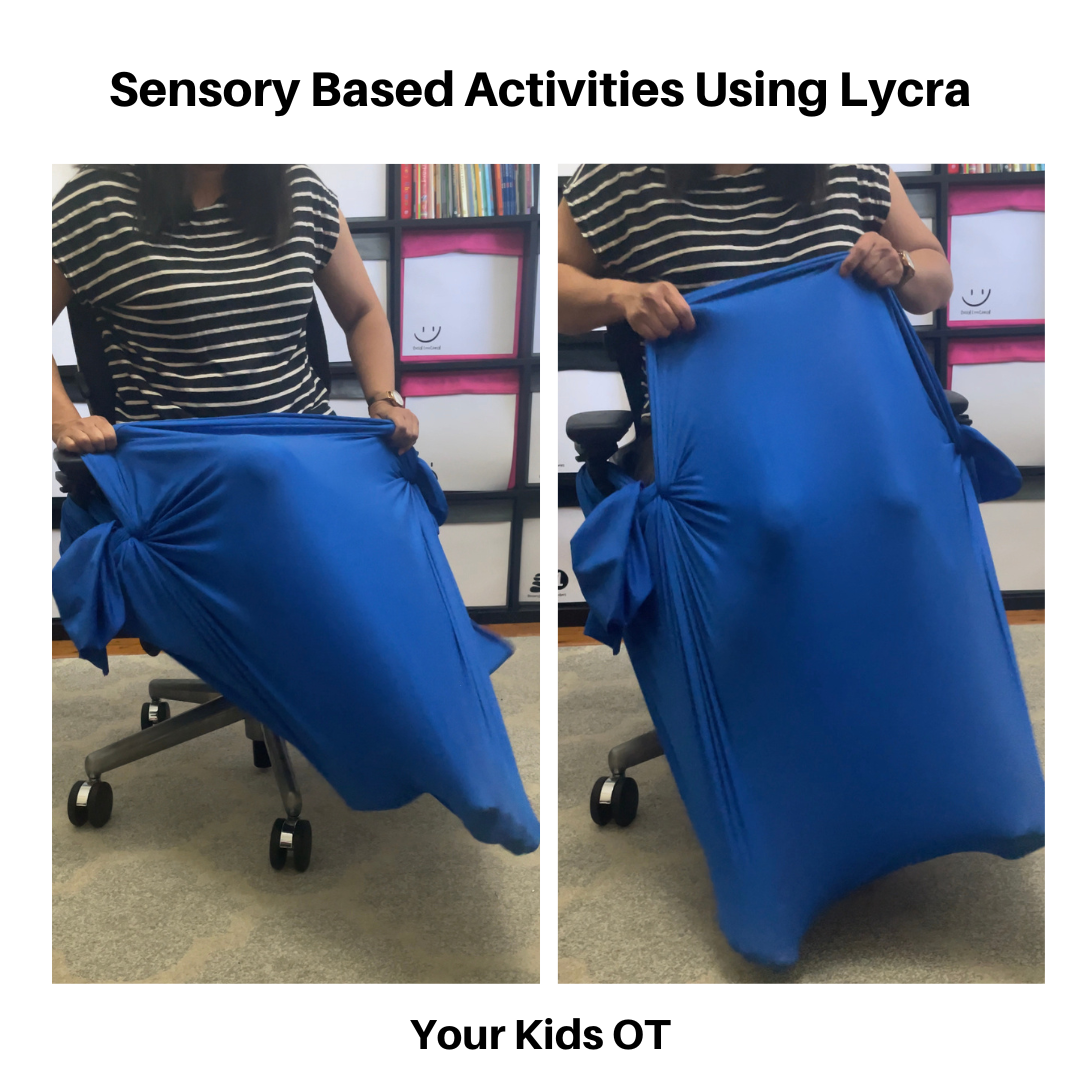
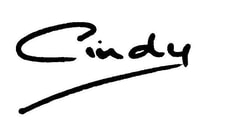
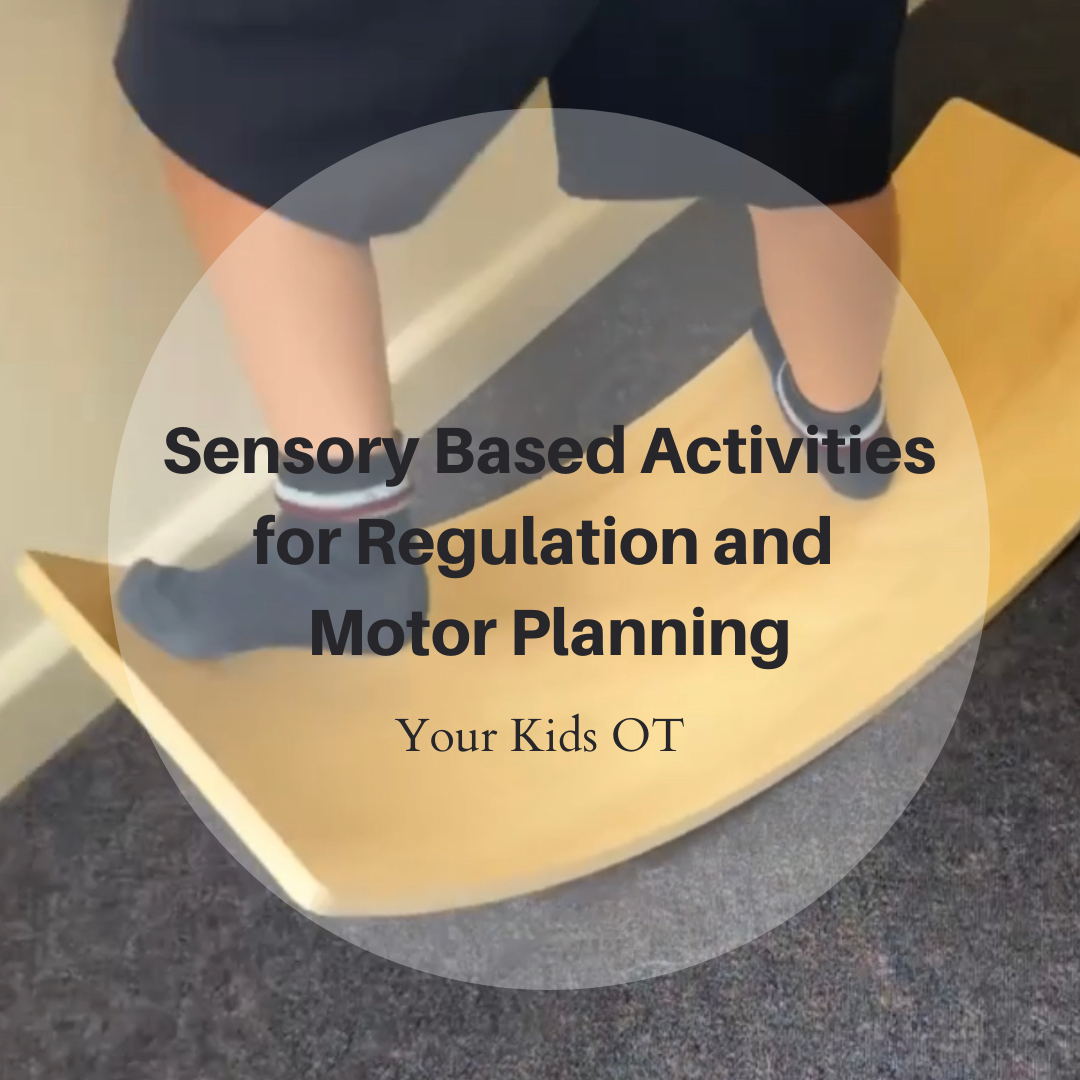
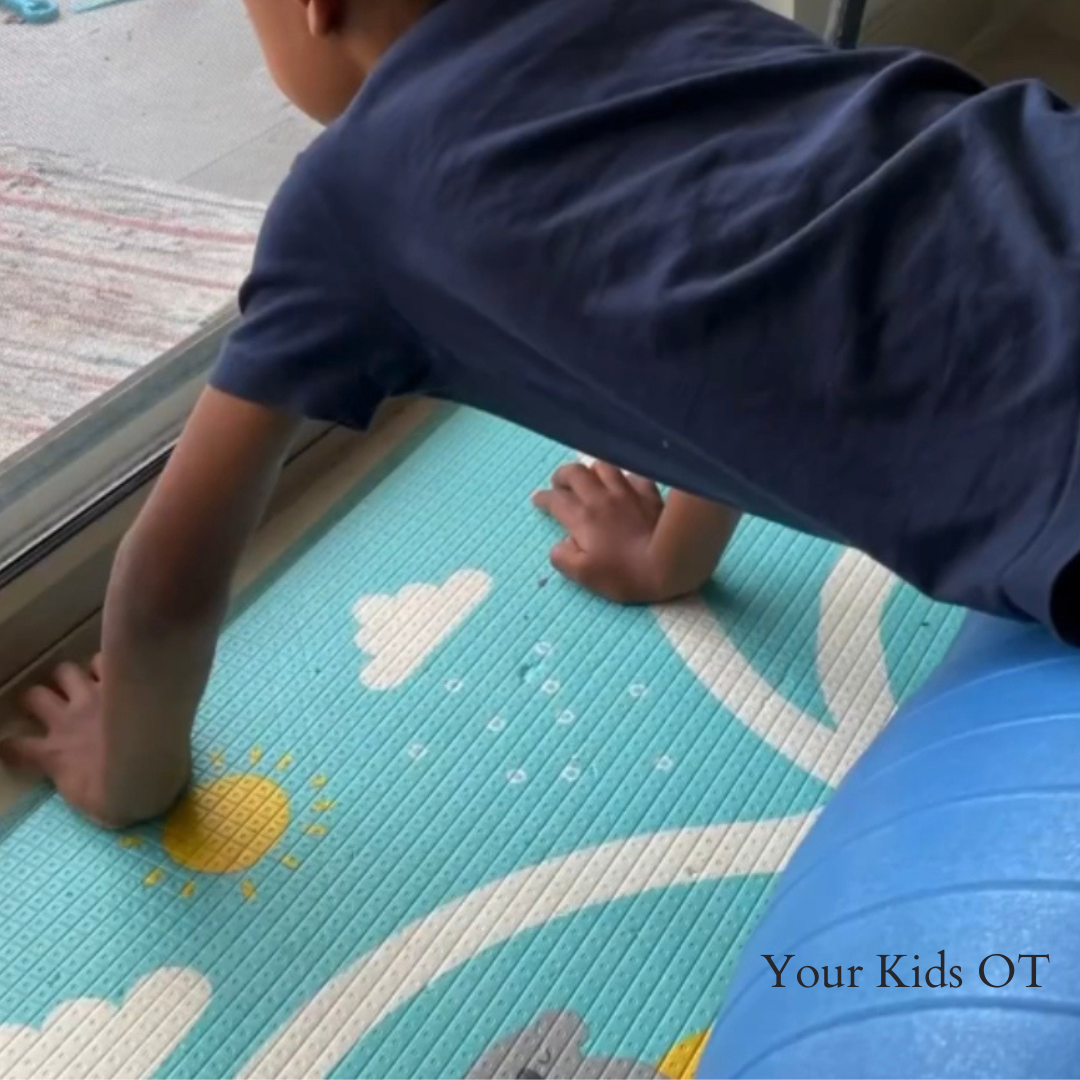
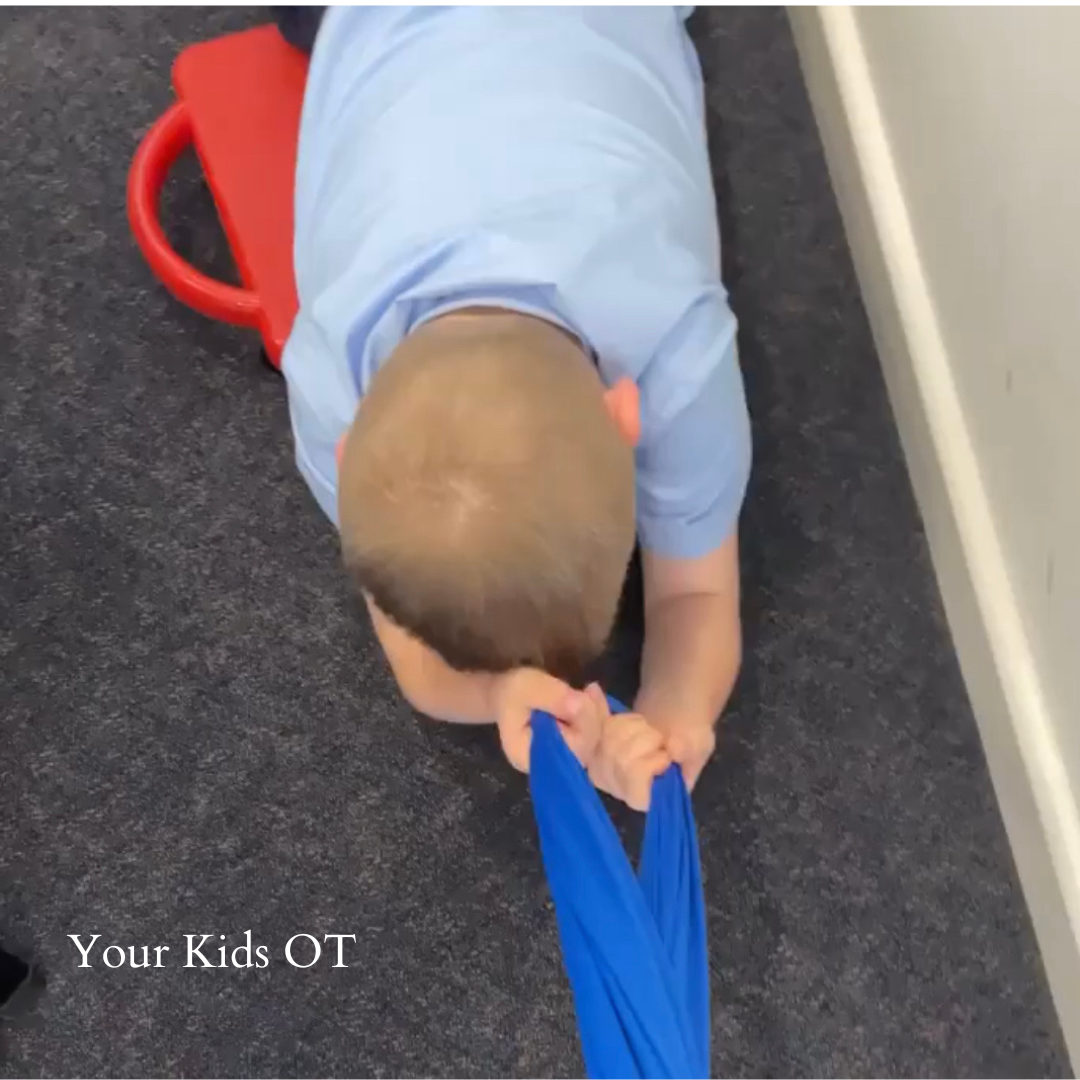
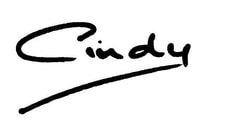
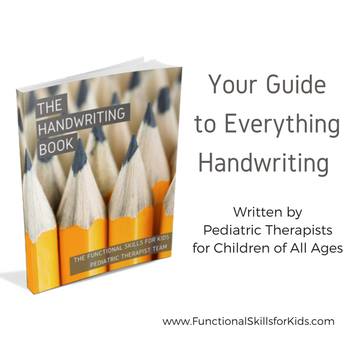
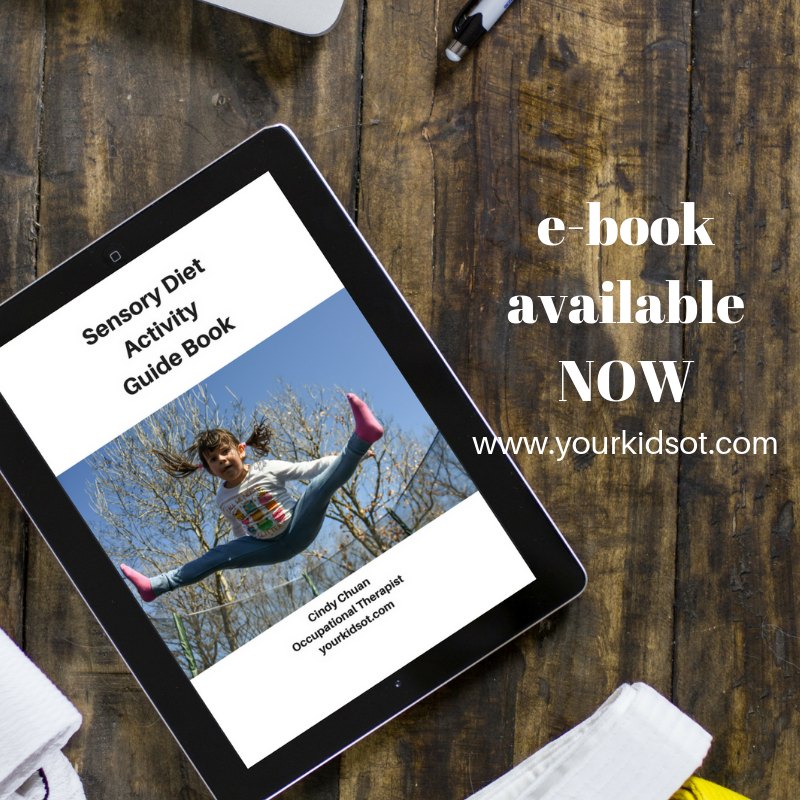
 RSS Feed
RSS Feed
